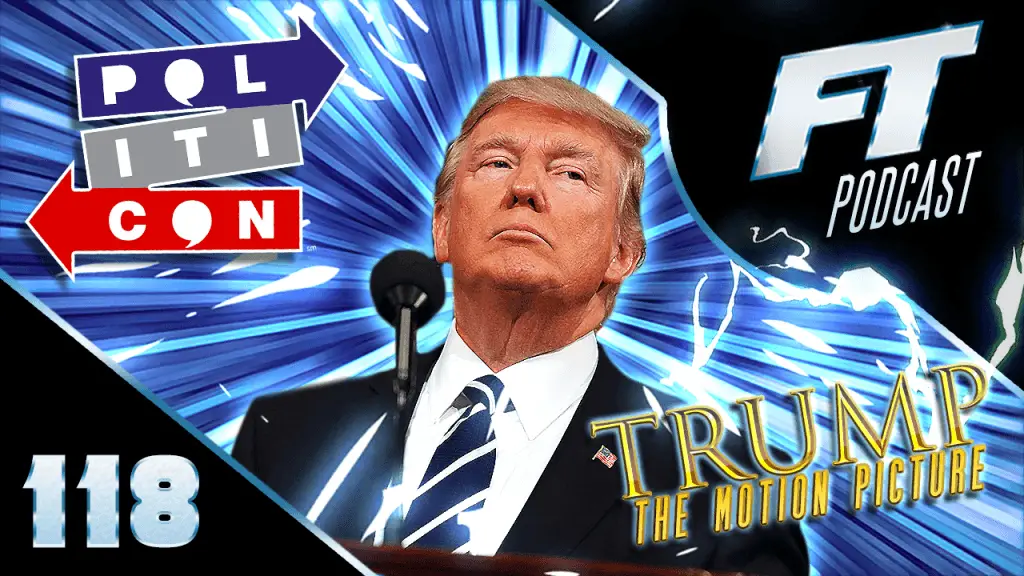
The title sequence for Spider is really unique. It starts out with these incredible textures. In fact, it seems all your films have these remarkable title sequences. Can you tell about your approach to titles? Do you personally get involved?
Oh, yes. There are several reasons why I have long title sequences. My films tend to be short and I need the extra time. I’m not kidding. The other thing is I like to give the audience a sort of vestibule to the film where they can segue from the outside world and getting popcorn and getting to the seats and stuff to getting into the film. To me, having been raised on older films, the common title sequence format where you have titles flashing over the first or second scene of the movie – that feels like TV to me. I’ve seen it done well before, but it blows over me when I see it. For my films, I don’t like to do it. I don’t like people’s attention to be split from what’s going on. I want them to read the titles, but I also want to get them into the universe – get them into the ecosystem of the film. And in Spider for example, the titles are kind of mold on walls. And mold on fabrics and moldy wallpaper and dampness stains, but doubled so it becomes the Rorschach test and that sort of suggests psychology and psychological testing and schizophrenia, just a subtle hint of that. But that gets you into the mood of the film.
Another distinct aspect of your films is the musical score, which really sets the tone. You’ve worked with composer Howard Shore, on I think, all of your films. How do you and Howard work together?
We sort of grew up in Toronto together and we sort of grew into movies together and evolved and somehow managed to keep pace. And Howard is, well, he just won the Oscar for Lord of the Rings and he could have won five times, he’s brilliant. And he’s done movies that have been big hits, but also wonderful art films as well. He’s very broad in his scope and music. It’s so difficult to find a sensibility that matches yours because it’s very difficult to be articulate about music. It’s a very subjective thing and it’s very hard to speak about it. So that when you find someone that really gets what you want and you know what he has to offer, it’s fantastic. And it’s a relationship that you don’t really want to break up.
Now, Spider like a lot of your previous work, is a light comedy. I’m kidding.
(Laugh) Now, wait a second, there are some laughs. It is serious and it is austere, but it is funny. And it is maybe funny in the way that the works of Samuel Beckett are funny. So it’s not a laugh riot in the normal sense.
What attracts you to such dark material?
When you go into the extremes of human behavior, it’s very illuminating in terms of what is ordinary really. I’m very interested in the amazing aspect of just sitting here and talking to you, for example, but to make a film about us sitting here and talking, I’m sure it’ll be great, uh, could be boring. Whereas, if we push the two of us to some extreme, it could be very illuminating. So I think it’s not so much that I’m drawn to madness and decay, but for me, making a film is a philosophical endeavor. I’m really finding my way here, still what it is to be human, what human culture is, what technology is, and how that all works together. So you have to push beyond your stasis – the things that are so ordinary you can’t see beyond them. And that takes you into some fairly dark corners.
All your films feature, I guess what might be best described as those “David Cronenberg moments.” I think the moment for me in Spider is the scene when Miranda Richardson is with Gabriel Byrne under the bridge and he, uh, “finishes” and she flings the, uh, “material,” as it were, out into the river. In fact, right at the audience which produced a collective gasp. How did you come up with that?
Well, this is why I don’t do storyboards. I would have never thought that up sitting in an office with a storyboard artist. What happens is that I watch Miranda, who is brilliant, and Gabriel, who is brilliant, doing that scene where she is masturbating him, and in the rehearsal when she thought no one was watching, she just sort of kept doing (shakes hand) and I thought, wait a minute, that’s great. And as we started to figure out where the camera should be, it sort of evolved on the set. To me, filmmaking is a very sculptural, tactile thing. I need the actors there. I can’t really be in a vacuum not knowing who the actors are and what the locations are and figure out the shots. To me, that doesn’t make any sense. And it obviously works for some people. I think very few actually. When you work with the actors, you have the opportunity to come up with things like that. Whereas, if I’d storyboarded a certain way and were shooting a certain way, you wouldn’t want to pick up on that because it would ruin your little pack of storyboard cards.
Get the rest of the interview in part three of DAVID CRONENBERG: HIS “SPIDER” HAS MORE BITE THAN BARK>>>
